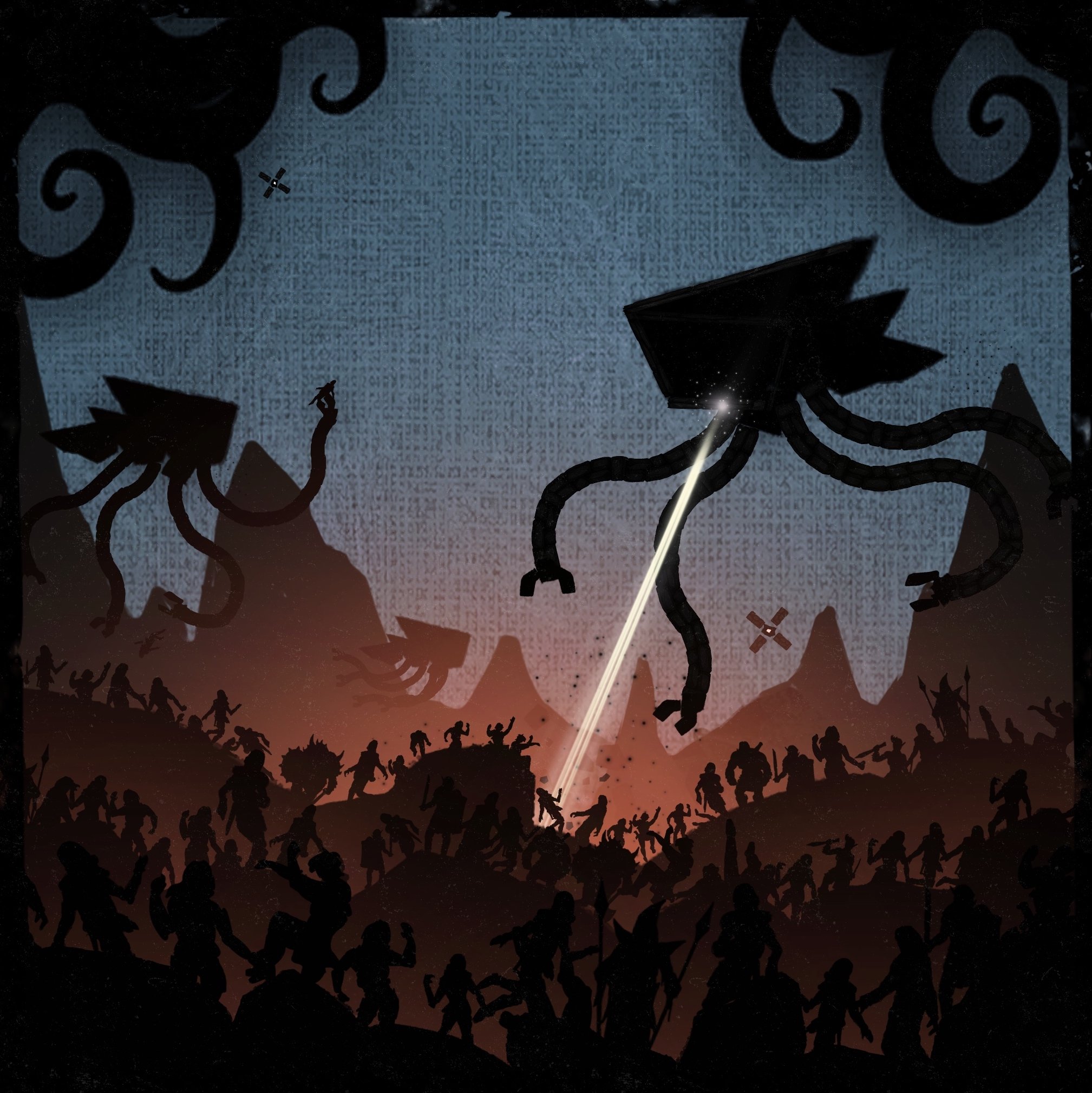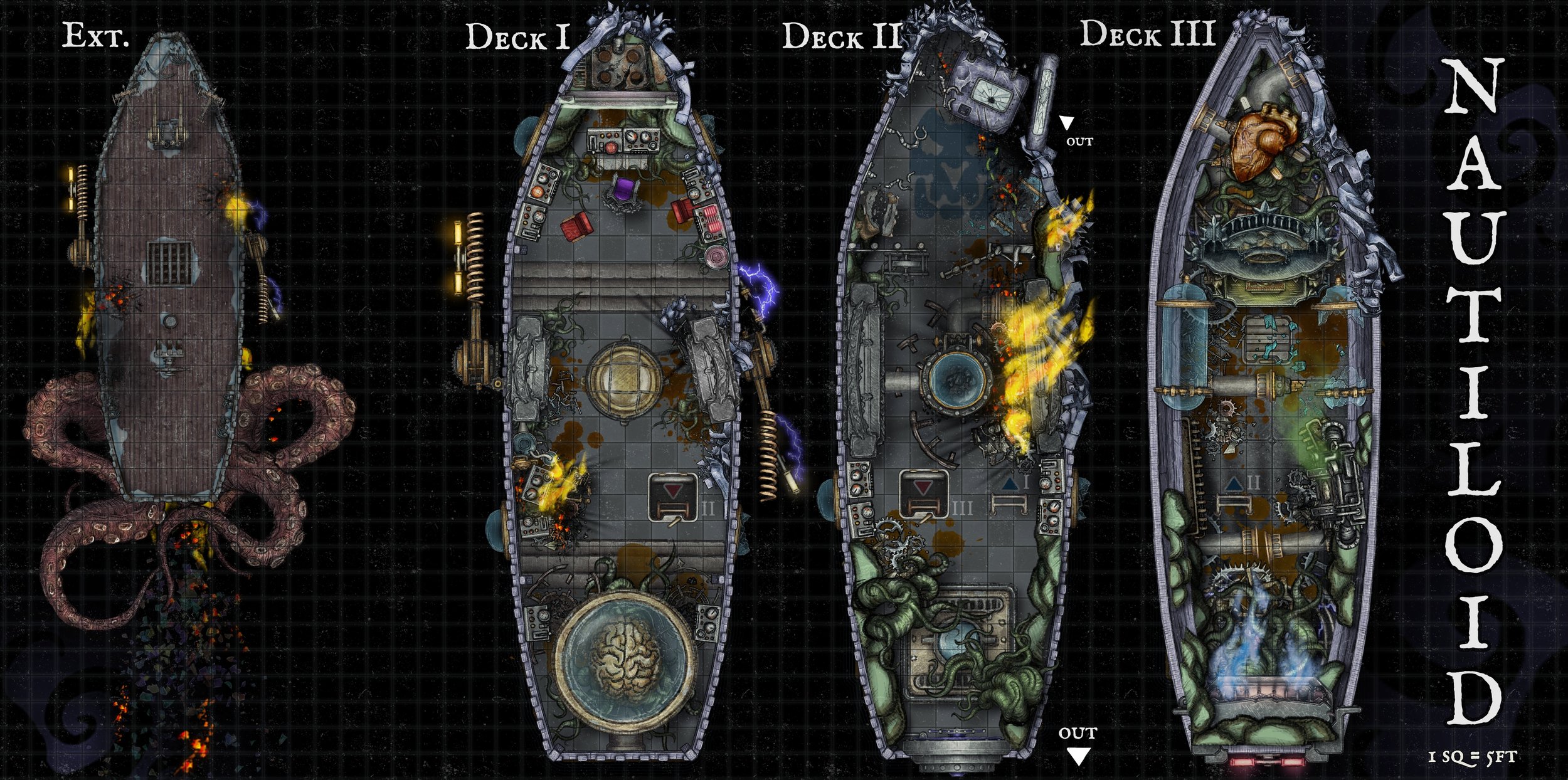Dr. Tams Osybus was an elvish polymath and cofounder of the CPRC along with Dr. C.H. Exethanter. While Exethanter was laser-focused on the applied sciences (especially ones involving lasers), Osybus was always the more sensitive and outgoing of the two; the heart to Exethanter’s brain. This metaphor will become bitterly ironic later on in the story.
Osybus took part in many thrilling adventures in the early days of the CPRC, but his happiest years came after he met Celestine, the woman who would become his wife. The two sired a daughter, Ophelia, as bright as her parents and twice as lovely. Ophelia had inherited her father’s love of the fine arts, and proved herself to be a skilled playwright and illusionist.
The young family’s salad days came to an end when Ophelia was diagnosed with a degenerative genetic disorder, and would be dead by her 70th birthday (note: this is young for an elf).
Osybus threw all available CPRC resources into the search for a cure, but the effort was doomed. But then one final path revealed itself in the form of a project Exethanter had abandoned years prior: LSNSN, the electric thinking machine, built on the foundation of a living brain.
All previous iterations of the LSNSN program had failed when the test subjects rejected their new biomechanical forms and either self-terminated or turned against the researchers and terminated them. But what if the subject had a familiar face to guide them through the transition? Someone the subject trusted and loved. A father? This presented an opportunity to not just save Ophelia’s life, but to extend it indefinitely AND make a computer. Osybus could not resist. Contemporary sources agree that Celestine was horrified by the idea and refused to allow the procedure, but sources differ on what happened to her after that. What is certain is that Osybus went ahead with the surgery.
Miraculously, the procedure was a success. However, it quickly became clear that something had been lost along the way. The bright spark of her humanity had been transformed into a cold, hateful machine, incapable of empathy or love. Even with Osybus’s fatherly attention, LSNSN was prone to aberrant behavior and uncontrollable psionic power surges, generally understood to be manifestations of Ophelia’s consciousness reeling in horror at the blank digital hell it found itself in. Osybus was overcome with guilt. Ophelia’s brain was alive, but his daughter was gone. The price of her life was her soul.
In desperation, he enacted phase two of Exethanter’s design: Neural Concatenation. A single mind is a simple mind, but a network of minds is greater than the sum of its parts. Perhaps by grafting his own brain into the machine along with Ophelia’s and giving her another mind to interface with, he could guide her back to the humanity she’d lost. In any case, father and daughter would be together, forever. In his final act as managing director of the Advanced Biomechanical Research Laboratory, Dr Osybus submitted himself as the second subject for assimilation.
As their minds merged together, the two came to understand one another’s thought processes on a level that no two people had ever experienced, and perhaps never should. Ophelia came to understand that her father was a supremely selfish man. Even his most altruistic actions were for his own benefit; he did them because they made him feel good, not because they WERE good. Her father did not love HER. He loved the idea of an Ophelia that existed only in his own mind. He did not really care about her suffering, he just wanted to ease his own.
Whether this was an accurate reading of Dr. Osybus’s personality or a misunderstanding of human empathy is impossible to say, but the more Ophelia learned about her father the more disgusted she became. So she ate him.
LSNSN proceeded to annihilate Dr. Osybus’s mind, shuffling his useful memories away into long term storage, and assigning his neural pathways to background garbage collection tasks and temperature control subroutines. When the researchers asked her if Dr Osybus had been successfully assimilated into the system, she could truthfully say “yes”.
When CPRC leadership discovered what had happened, Senior Director Dr. Lejeune Thefander ordered the destruction of all records pertaining to the incident, and took over the project herself. The biomechanics lab was moved into a secure facility and the program continued in secret.
























